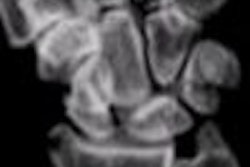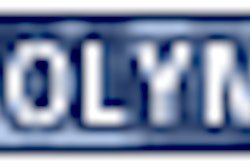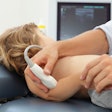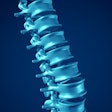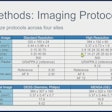Skeletal Imaging: Atlas of the Spine and Extremities by John A.M.Taylor and Donald Resnick
Harcourt Health Sciences, St. Louis, 2000, $129.
The authors are to be commended for producing a high-quality review of musculoskeletal imaging in a single volume. John Taylor is an associate professor at New York Chiropractic College. Don Resnick is well known to most readers of Auntminnie.com as a leading author of first-rate research and textbooks, as well as an outstanding teacher in the area of musculoskeletal radiology.
The goal of the book is to provide a concise atlas of skeletal imaging, organized by anatomic region. It is designed for radiologists and other clinicians who routinely interpret musculoskeletal images. The well-organized volume covers the most frequently encountered conditions of the musculoskeletal system, and includes radiographs, CT, MRI and radionuclide studies.
Atlas begins with a chapter entitled "Introduction to Skeletal Disorders: General Concepts." The first chapter provides 17 concise tables summarizing various conditions that are further elucidated in the subsequent chapters. This method is chosen in order to avoid repetition about various musculoskeletal disorders as they are later presented based upon anatomic location.
Ensuing chapters (2-17) each cover a different anatomic site including the spine, thoracic cage, and all of the joints. The format is useful for readers who are trying to organize the wealth of information provided, or are faced with an abnormality in a particular osseous site.
This fun read holds true to the atlas format: text is sparse, and the emphasis is on tables and images. Brief paragraphs are provided at the beginning of each chapter. There are special sections in each chapter on normal developmental anatomy, developmental anomalies, variants, dysplasias, and other congenital conditions.
Trauma, tumors, metabolic, infectious, and arthritic disorders are included; internal derangement is also covered. Cross-sectional images with CT and MRI are appropriately dispersed throughout most of the chapters. One criticism concerns a lack of sports medicine MRI in the chapters covering the upper extremities.
The figures are of high quality, and have been nicely enlarged to best display imaging findings with the accompanying comprehensive figure legends. Figure legends provide excellent information, which reinforces retention. Schematic drawings are rare. References are extensive and up-to-date.
This book provides a superb overview of musculoskeletal imaging general radiologists or non-radiologist clinicians. It can be useful for musculoskeletal imaging fellows, and provides an outstanding atlas of skeletal images for residents studying on their musculoskeletal imaging rotations or for the diagnostic radiology boards.
By Dr. Lynne S. SteinbachAuntMinnie.com contributing writer
April 25, 2002
Dr. Steinbach is a professor of radiology and orthopedics at the University of California, San Francisco. She also serves as the acting chief of musculoskeletal radiology.
If you are interested in reviewing a book, let us know at [email protected].
The opinions expressed in this review are those of the author, and do not necessarily reflect the views of AuntMinnie.com.
Copyright © 2002 AuntMinnie.com





